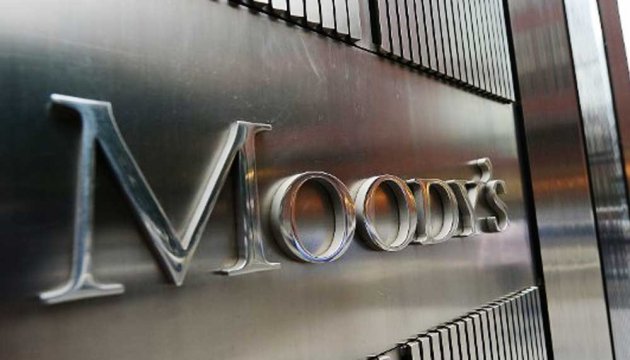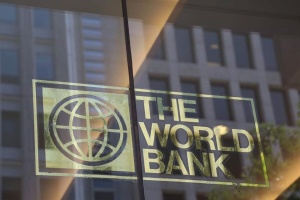
Moody's downgrades Ukraine's ratings, expects gradual economic recovery from 2023
Moody's has also changed the outlook to negative from ratings under review, concluding the review for downgrade that was initiated on 25 February 2022, reads the report released on the agency’s website.
“The downgrade of the ratings to Caa3 is driven by the increased risks to Ukraine's government debt sustainability from the invasion by Russia leading to a more protracted military conflict than Moody's initially expected, which increases the likelihood of a debt restructuring and losses being imposed on private-sector creditors,” Moody's experts explain.
As noted, while Ukraine is benefitting from large commitments of international financial support, helping to mitigate immediate liquidity risks, the resulting significant rise in government debt is likely to prove unsustainable over the medium term.
“Concerns around the sustainability of such a high government debt burden may impede further access to official financing for the purposes of servicing commercial debt. At the Caa3 rating level, Moody's expects a recovery in the event of default of typically in the order of 65-80%,” reads the report.
It is underscored that the negative outlook reflects that there is still a high degree of uncertainty around how the invasion will evolve and its credit implications. A more protracted military conflict following the invasion by Russia would keep financing needs very high for a prolonged period and result in a further rise in the debt burden. Hence, the recovery by investors in the event of default could be lower than 65-80%, which would be consistent with a rating below Caa3, Moody's considers.
Ukraine's local- and foreign-currency ceilings have been lowered to Caa2 from Caa1. The only one-notch gap between the local-currency ceiling and the sovereign rating reflects the low predictability of government and institutions and elevated domestic political and geopolitical risks.
Moody's expects Ukraine’s real GDP to contract sharply by around 35% in 2022 given the heavy human toll, significant damage to Ukraine's productive capacity and infrastructure as well as the very large displacement of the population. Moody's estimates that those regions where fighting is ongoing or that are occupied by Russian troops accounted for around 20% of Ukraine's GDP prior to the invasion, given the concentration of agricultural and industrial activities.
Moody's expects shelling will continue to hold back the return of significant economic activity during the remainder of the year. While Moody's expects the economy to gradually start to recover from 2023, Russia's invasion will likely cause some permanent loss in GDP even if significant external support is provided to help reconstruction.
“The more protracted military conflict will act as a drag on the government's financial resources, with Moody's estimating financing needs of around $50 billion (35% of 2022 GDP) for 2022 and forecasting a rise in government debt to around 90% of GDP from around 49% at the end of 2021,” reads the report.
Moody's estimates that international financial institutions and other donors have committed around $38 billion in financing support, of which $5 billion has so far been disbursed, since the start of the invasion which should cover a large portion of Ukraine's estimated financing needs for 2022. As noted, the recent opening of an account at the International Monetary Fund (IMF) to channel donor resources for balance of payments and budgetary needs, including the possibility for countries to transfer Special Drawing Rights, will further increase funding.
On February 24, 2022, Russia continued its military aggression against Ukraine, which began in 2014, unleashing massive bombing of peaceful Ukrainian cities, towns, and villages.
ol





